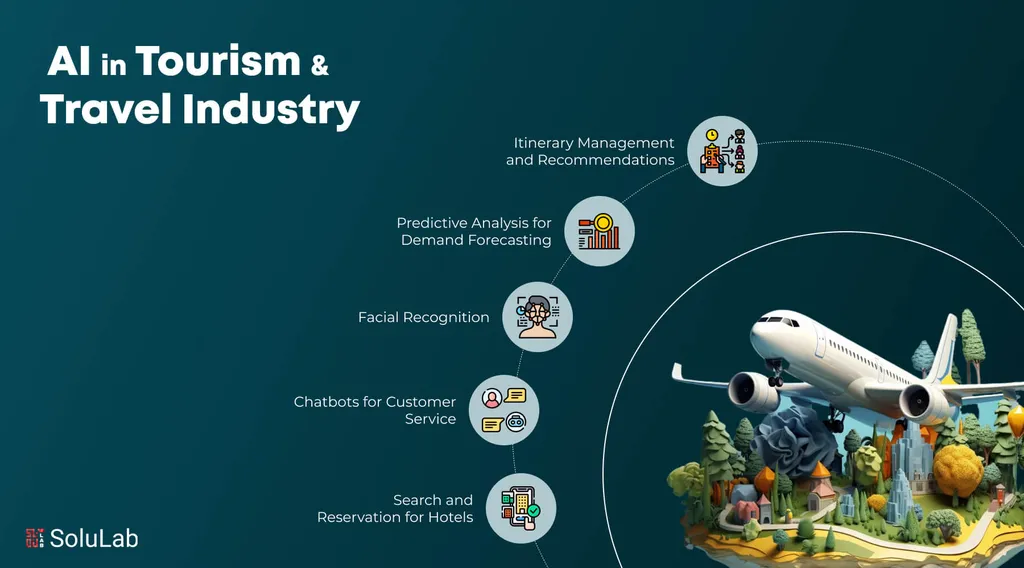In the heart of the Andes, a digital revolution is quietly reshaping Peru’s tourism sector, one of the country’s economic powerhouses. A recent study, led by Luis Antonio Ramirez-Flores from Universidad César Vallejo, has cast a spotlight on the burgeoning role of emerging technologies in this dynamic industry. The research, published in the *Scientific Journal of Systems and Informatics* (Revista Científica de Sistemas e Informática), offers a compelling glimpse into how artificial intelligence, augmented reality, big data, and the Internet of Things are driving digital innovation in Peruvian tourism.
Ramirez-Flores and his team delved into 68 scientific articles from the Scopus database, all affiliated with Peruvian institutions, to map the landscape of technological advancement in the sector. Their findings reveal a vibrant academic ecosystem, with regional universities at the forefront of research and a strong connection to technological fields. “The growth in research is not just about quantity; it’s about the quality of collaboration and the practical implications for the industry,” Ramirez-Flores explains.
The study highlights how these technologies are enhancing user experiences, optimizing destination management, and creating value in ways previously unimaginable. For instance, artificial intelligence is enabling personalized travel recommendations, while augmented reality is transforming how tourists interact with historical sites. Big data is helping tourism operators predict trends and manage resources more efficiently, and the Internet of Things is facilitating smart destination management.
The commercial impacts of these innovations are profound. As Peru’s tourism sector continues to grow, the integration of these technologies can lead to more sustainable and profitable business models. “This is not just about keeping up with global trends; it’s about setting new standards for digital tourism,” Ramirez-Flores notes.
The research also underscores the importance of public policymaking and digital capacity building. By fostering an environment where these technologies can thrive, Peru can position itself as a leader in smart tourism. The study’s findings offer a roadmap for stakeholders to navigate this digital transformation, ensuring that the benefits are widely shared and the challenges are effectively addressed.
As the world continues to embrace digital innovation, Peru’s tourism sector stands at the cusp of a new era. The insights from Ramirez-Flores’ research not only shape future developments in the field but also serve as a testament to the power of technology in driving economic growth and enhancing user experiences. In the words of Ramirez-Flores, “The future of tourism is not just digital; it’s intelligent, interconnected, and immersive.”

